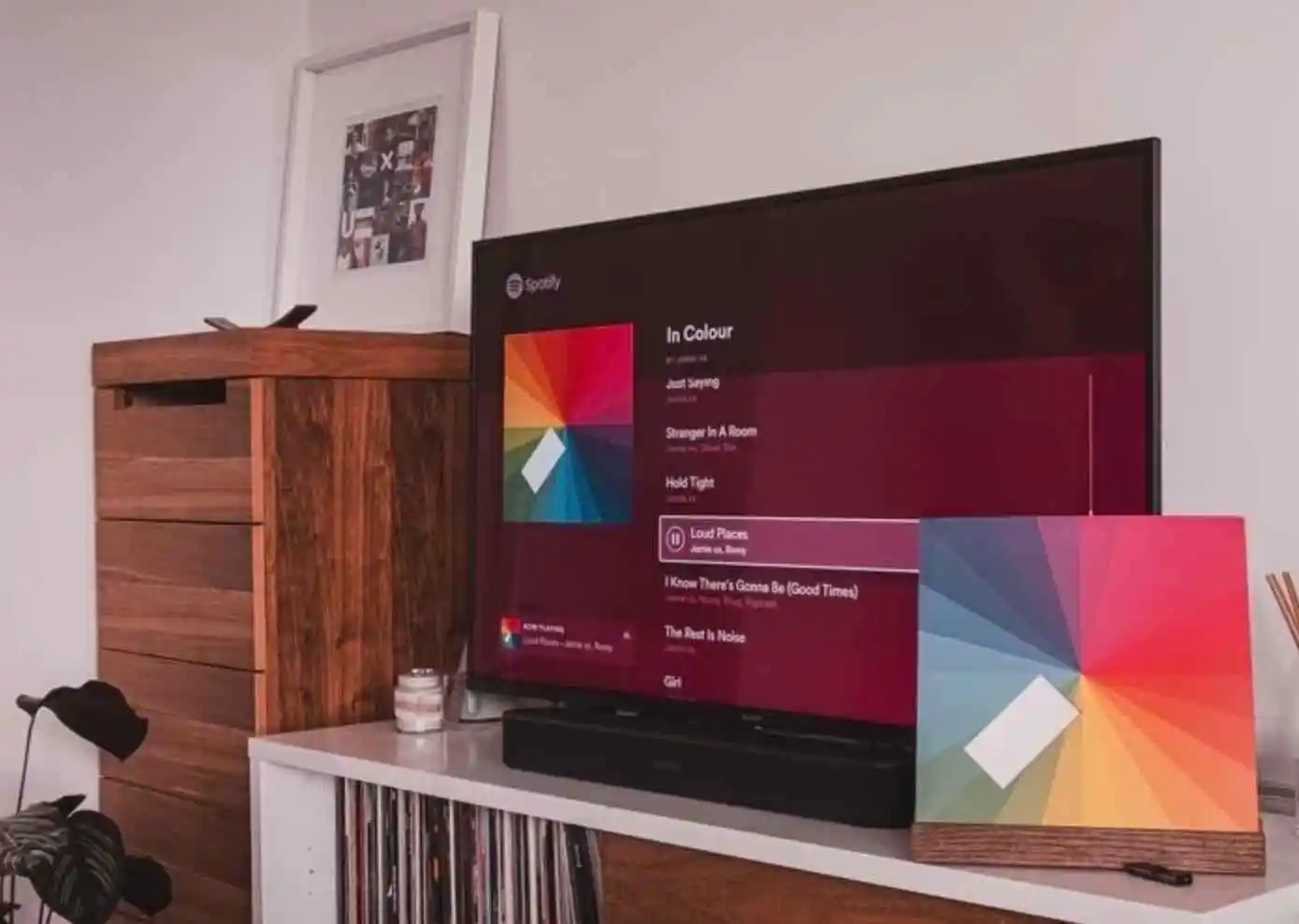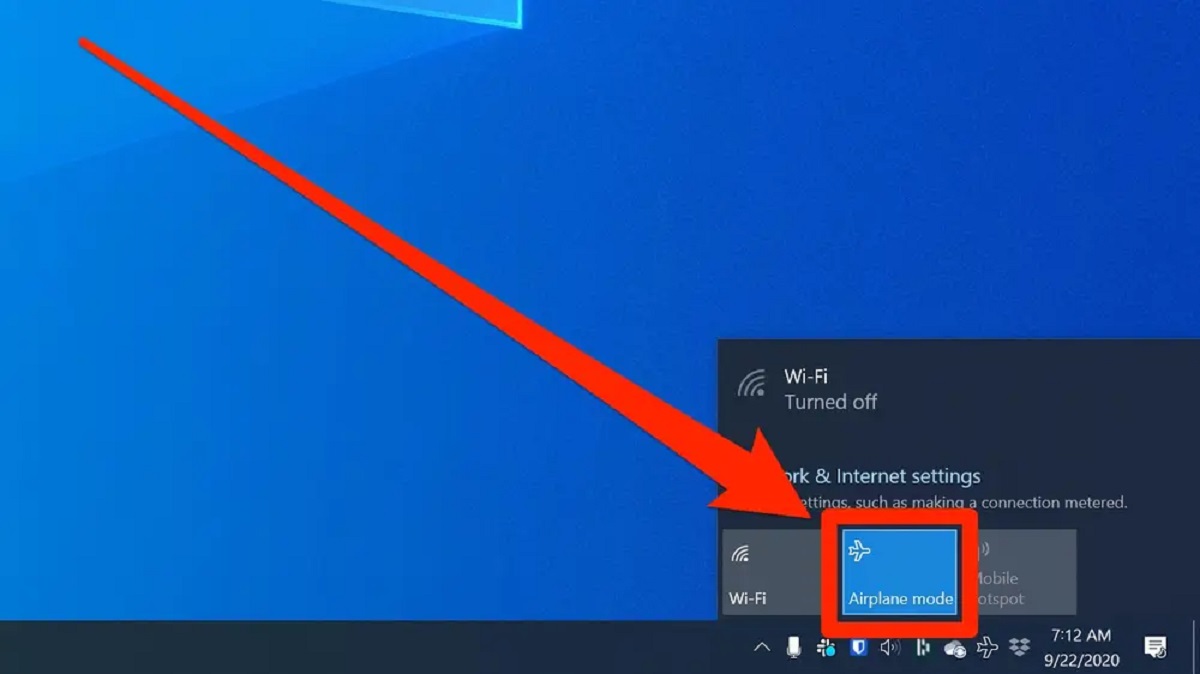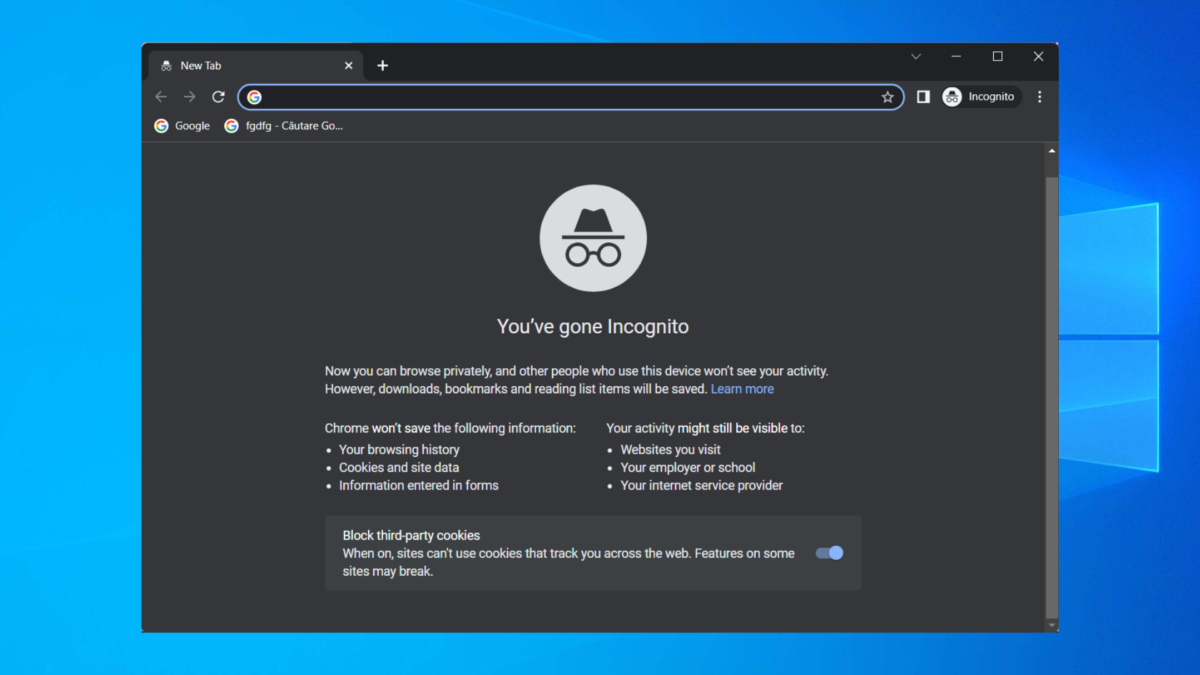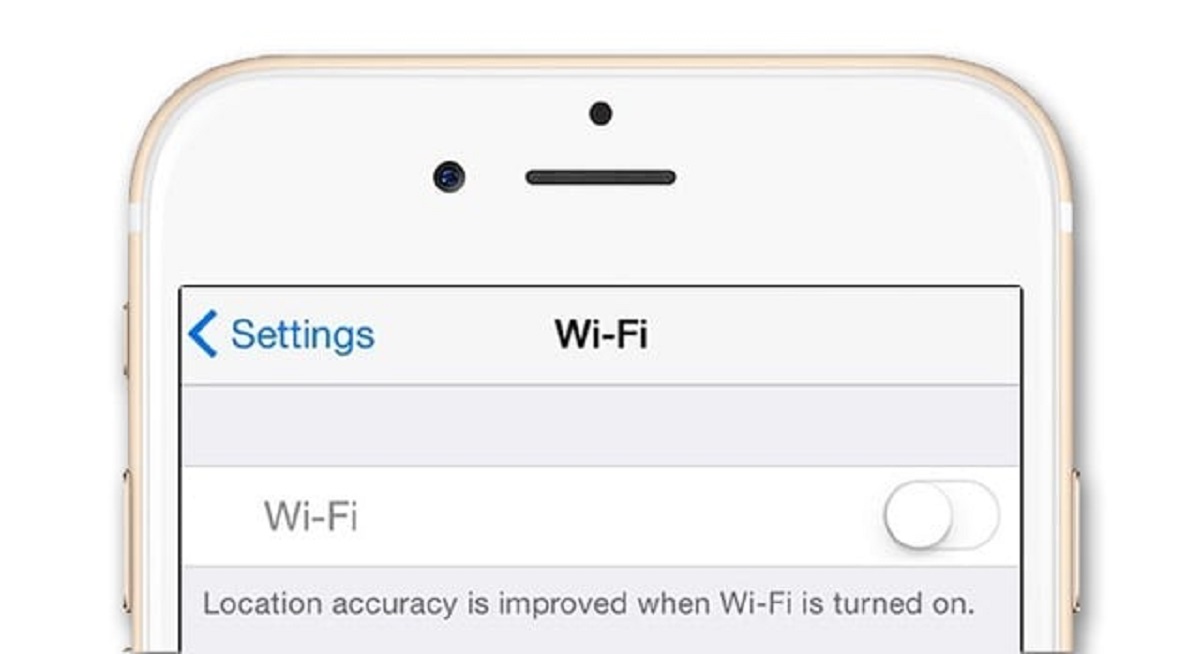Introduction
In today’s technological age, the debate between laptops and tablets has become more prominent than ever. Both devices offer unique features and advantages, catering to different needs and preferences of users. While tablets have gained popularity for their sleek design, touch-screen interface, and portability, laptops still have a significant edge in terms of functionality and performance.
When it comes to choosing between a laptop and a tablet, it ultimately depends on the intended usage and specific requirements of the user. In this article, we will delve deeper into the capabilities of laptops and explore what they can do that tablets cannot.
Whether you are a professional, a student, or simply someone who values versatility and power, a laptop provides a wide range of functionality that surpasses what a tablet can offer. While tablets may excel in certain areas such as media consumption, social media browsing, and casual gaming, laptops have a distinct advantage in many other aspects. Let us now explore the various features and advantages that make laptops indispensable in today’s digital landscape.
From portability and convenience to software compatibility and customization options, laptops offer a comprehensive computing experience that tablets cannot match. Join us on this journey as we uncover the unique capabilities of laptops and demonstrate why they continue to be a valuable tool in an increasingly connected world.
Portability and Convenience
When it comes to portability and convenience, tablets have established themselves as a frontrunner. With their slim and lightweight design, tablets are extremely easy to carry around, whether you are going to work, university, or simply traveling. The touch-screen interface adds an extra layer of convenience, allowing users to interact directly with the screen and eliminating the need for a separate keyboard and mouse.
However, laptops have made significant strides in recent years to bridge the gap in portability. Ultrabooks and thin and light laptops now offer a sleek and lightweight form factor, making them more portable than ever before. These devices combine the power of a full-fledged laptop with the portability and convenience of a tablet, giving users the best of both worlds.
Moreover, laptops provide a more comfortable and efficient typing experience with physical keyboards. This is especially important for individuals who require extensive typing for work purposes or content creation. The larger screen size of laptops also enhances productivity, allowing users to multitask, view multiple windows side-by-side, and work on complex tasks more efficiently.
Additionally, laptops offer a wide range of connectivity options, including USB ports, HDMI output, and Ethernet ports, enabling users to connect various peripherals and accessories such as external monitors, printers, and hard drives. This flexibility is crucial for professionals who may need to connect to different devices or collaborate with colleagues in a seamless manner.
In summary, while tablets undoubtedly excel in portability and touch-screen convenience, laptops have evolved to become more lightweight and compact, while still offering a superior typing experience and a wider variety of connectivity options. Their larger screens and powerful processors make laptops the preferred choice for those needing to tackle demanding tasks and maximize productivity on the go.
Performance and Multitasking
One of the key advantages of laptops over tablets is their superior performance and multitasking capabilities. Laptops are equipped with powerful processors, ample RAM, and dedicated graphics cards, allowing them to handle resource-intensive tasks with ease. Whether you’re editing high-resolution videos, running complex software applications, or multitasking between multiple programs, laptops offer the processing power and performance required to handle these demanding tasks efficiently.
On the other hand, tablets are typically designed for light tasks such as web browsing, email, and media consumption. While they are capable of running some apps and games, their processing power and RAM are limited compared to laptops. This can lead to lagging and crashes when attempting to carry out more intensive tasks or running multiple applications simultaneously.
In addition to performance, laptops provide a more seamless multitasking experience. With a larger screen and the ability to run multiple windows side-by-side, users can efficiently work on several tasks simultaneously. This is particularly advantageous for professionals who need to reference multiple documents, perform research, and collaborate with colleagues without constantly switching between different apps or windows.
Another aspect that contributes to the overall performance of laptops is the availability of storage options. Laptops typically offer higher storage capacities, allowing users to store large files, install resource-intensive software, and keep a vast collection of files without worrying about limited space. This is particularly beneficial for creative professionals who work with large media files or individuals who need to store a significant amount of data for work or personal use.
In summary, laptops provide a significant performance advantage over tablets, thanks to their powerful processors, ample RAM, and dedicated graphics cards. They excel in multitasking, allowing users to work on multiple tasks simultaneously, and offer higher storage capacities to accommodate large files and software installations. For those who require intensive computing power and the ability to seamlessly switch between multiple applications, laptops are the ideal choice.
Software Compatibility and Productivity
When it comes to software compatibility and productivity, laptops have a clear edge over tablets. Laptops run full-fledged operating systems such as Windows, macOS, or Linux, which offer extensive software compatibility and support for a wide range of applications and programs. This allows users to access professional software suites, design tools, programming environments, and productivity applications that may not be available or fully functional on tablets.
Furthermore, laptops offer the ability to install and run multiple operating systems through virtualization or dual-boot setups. This flexibility is invaluable for professionals who work with specialized software or need to test applications on different platforms. It also allows users to take advantage of the vast software ecosystem that exists for desktop operating systems, providing more options and customization capabilities.
In terms of productivity, the larger screen size and physical keyboard of laptops contribute significantly. The spacious display allows for better visibility and reduces eye strain, making it easier to work on complex documents, spreadsheets, or presentations. The physical keyboard provides a tactile feedback and enables faster and more accurate typing, improving overall productivity and efficiency.
Laptops also offer more extensive file management capabilities compared to tablets. Users have greater control over organizing files and folders, managing permissions, and backing up important data. Additionally, the availability of multiple USB ports and expandable storage options on laptops allows for easy file transfer between devices and access to external storage solutions.
Collaboration is also enhanced on laptops, thanks to applications designed for group projects, online document sharing, and real-time communication. In a professional setting, the ability to collaborate effectively with colleagues is crucial, and laptops provide the necessary tools and software to facilitate seamless teamwork.
Overall, laptops excel in software compatibility and productivity, thanks to their full-fledged operating systems, extensive application support, and superior file management capabilities. They offer a more versatile and powerful computing experience, making them the preferred choice for professionals, students, and anyone seeking to maximize their productivity and accomplish a wide range of tasks efficiently.
Storage and Connectivity Options
When it comes to storage and connectivity options, laptops outshine tablets in terms of capacity and versatility. Laptops typically come with larger storage capacities, ranging from hundreds of gigabytes to several terabytes. This ample storage space allows users to store a vast amount of files, documents, multimedia content, and software applications without worrying about running out of space.
Furthermore, laptops often offer multiple storage options, such as solid-state drives (SSDs) or hard disk drives (HDDs), giving users the flexibility to choose the type of storage that suits their needs. SSDs provide faster data transfer speeds and improved overall performance, while HDDs offer larger storage capacities at a more affordable price point.
Connectivity options are another area where laptops outperform tablets. Laptops typically come equipped with a variety of ports and slots, including USB ports, HDMI ports, Ethernet ports, and SD card readers. These ports allow users to connect to a wide range of peripherals and accessories, such as external monitors, printers, external hard drives, and input devices like mice and keyboards. This versatility enables users to expand the functionality of their laptops and connect to different devices, making them more adaptable to a variety of work or entertainment environments.
In contrast, tablets generally offer limited connectivity options. While they often include a USB-C or Lightning port for charging and connecting to a few compatible peripherals, the absence of additional ports limits the flexibility and range of devices that can be connected to a tablet. This can be a significant drawback for users who rely on a variety of peripherals and external devices in their daily tasks.
Laptops also provide the advantage of wireless connectivity options such as Wi-Fi and Bluetooth. These features allow users to easily connect to the internet, share files, connect wireless peripherals, and stream content. Laptops typically have more robust Wi-Fi capabilities, enabling faster and more stable wireless connections compared to tablets.
In summary, laptops offer superior storage options and connectivity capabilities compared to tablets. The larger storage capacities and the availability of multiple storage options cater to users who require ample space for their files and multimedia content. The plethora of ports on laptops enables easy connection to various peripherals, contributing to a more versatile and adaptable computing experience.
Gaming and Graphics-intensive Tasks
When it comes to gaming and graphics-intensive tasks, laptops surpass tablets in terms of performance, graphics capabilities, and game libraries. Laptops with dedicated graphics cards and powerful processors offer a superior gaming experience, allowing users to play the latest and most demanding games without compromising on performance.
The larger screens and higher resolution displays of laptops provide a more immersive gaming experience compared to the smaller screens of tablets. The ability to connect laptops to external monitors or TVs further enhances the gaming experience, providing a larger viewing area and better visual quality.
In addition to gaming, laptops are also better equipped to handle graphics-intensive tasks such as video editing, 3D modeling, and graphic design. The dedicated graphics cards and powerful processors in laptops ensure smooth rendering, faster processing, and greater efficiency in these resource-intensive tasks.
Moreover, laptops offer a wider range of gaming options and a larger library of games compared to tablets. Laptops are compatible with a variety of gaming platforms, including Steam, Epic Games Store, and GOG, giving users access to a vast selection of games from different genres. Many popular game titles are designed specifically for desktop operating systems, making them better optimized for laptops’ hardware configuration.
Furthermore, laptops provide more options for customization in terms of gaming peripherals. Users can connect gaming mice, keyboards, and controllers to laptops for a more personalized and immersive gaming experience. The availability of additional USB ports and connectivity options on laptops ensures seamless integration with a variety of gaming accessories.
However, it should be noted that while tablets may not excel in running high-end games or graphics-intensive tasks, they do offer a unique gaming experience for casual gamers. Tablets have a wide array of casual games available on app stores, which can be perfect for quick gaming sessions on the go or to pass the time.
In summary, laptops outperform tablets in terms of gaming and graphics-intensive tasks. The power, graphics capabilities, and larger screens of laptops provide a more immersive gaming experience and better performance in graphics-intensive applications. The wider range of gaming options and the ability to customize gaming peripherals make laptops the preferred choice for serious gamers and professionals in the graphic design and video editing fields.
Customization and Upgradability
Customization and upgradability are key advantages of laptops over tablets. Laptops offer a higher level of customization, allowing users to personalize their devices according to their specific needs and preferences. This includes the ability to customize hardware components, software configurations, and aesthetics.
When it comes to hardware, laptops often provide options for upgrading various components such as RAM, storage drives, and even the processor in some cases. This allows users to adapt their laptops to meet their changing requirements as technology advances. For example, users can add more RAM for improved multitasking capabilities or upgrade to a larger storage drive for increased storage capacity.
Laptops also offer flexibility in terms of software configurations. Users can install their preferred operating system, customize the software environment, and install third-party software to enhance their productivity or gaming experience. This level of customization is not available on most tablets, which are limited to a specific operating system and have restricted options for customization.
In addition, laptops provide aesthetic customization options. Users can choose from a wide range of laptop designs, sizes, and finishes to reflect their personal style. Some laptops even offer customizable LED lighting, allowing users to add a unique touch to their devices.
On the other hand, tablets have minimal customization options. They usually come with a fixed set of hardware specifications and limited ability to upgrade or modify components. The software environment on tablets is also more restricted, with limited options for customization beyond a few basic settings.
Another advantage of laptops in terms of upgradability is the availability of external ports and slots. Laptops typically provide multiple USB ports, HDMI ports, and card readers, making it easy to connect external devices and peripherals. Users can connect additional monitors, external hard drives, and other devices to expand the capabilities of their laptops. This level of connectivity and expandability is not typically found in tablets, which often have limited or no external connectivity options.
In summary, laptops offer a higher level of customization and upgradability compared to tablets. The ability to upgrade hardware components, customize software configurations, and personalize aesthetics makes laptops a more versatile and adaptable computing option. The availability of external ports and expandability options further enhances the customization and flexibility of laptops, catering to the evolving needs and preferences of users.
Ergonomics and Comfort
Ergonomics and comfort play a crucial role in the user experience, and laptops offer distinct advantages over tablets in this regard. Laptops are designed with ergonomics in mind, providing users with a comfortable and efficient computing setup.
The larger form factor of laptops allows for a more comfortable typing experience. Laptops are equipped with physical keyboards that offer tactile feedback and allow for faster and more accurate typing compared to the touch-screen virtual keyboards of tablets. The spacing between keys and the overall layout of the keyboard on laptops are designed for optimal typing comfort, reducing the risk of strain or discomfort during long typing sessions.
Moreover, laptops feature adjustable screens and hinges, allowing users to position the screen at the most comfortable viewing angle. This adjustability is particularly beneficial in reducing neck and eye strain caused by poor viewing angles or improper posture. Tablets, on the other hand, have fixed screen positions and lack the same level of adjustability.
In terms of display size, laptops often have larger screens compared to tablets. This larger screen real estate not only enhances productivity but also provides a more immersive viewing experience for multimedia content. Users can enjoy movies, videos, and work-related presentations on a larger screen, allowing for more detail and a more engaging visual experience.
Ergonomics also extend to the design of the laptop itself. Many laptops feature built-in cooling systems that prevent overheating and improve thermal management. This ensures that the device remains cool even during extended use, reducing the risk of discomfort caused by heat buildup.
Additionally, laptops offer a wider range of input peripherals and accessories that contribute to enhanced comfort. Users can connect external keyboards, mice, and other ergonomic accessories to create a more ergonomic workstation tailored to their preferences and needs. This versatility allows for a more customizable and comfortable computing experience.
While tablets are compact and lightweight, they are not designed with the same level of ergonomics in mind. The lack of physical keyboards, limited adjustability, and smaller screen size can contribute to discomfort, especially during extended periods of use.
In summary, laptops prioritize ergonomics and comfort, offering a more comfortable typing experience, adjustable screens, and larger displays. The availability of external peripherals and accessories further enhances comfort and allows for personalized ergonomic setups. This makes laptops the preferred choice for users who prioritize comfort and wish to maintain good posture and reduce the risk of strain during prolonged computer use.
Pricing and Value for Money
When it comes to pricing and value for money, both laptops and tablets offer options across a wide range of price points. However, laptops generally provide more value for the money invested due to their versatility, performance, and functionality.
While tablets may have a lower initial cost, particularly for entry-level models, they often come with limited hardware specifications and features. Tablets are primarily designed for casual use and media consumption, with less emphasis on intensive computing tasks or specialized software applications. This means that users may need to upgrade to a more expensive tablet or invest in additional accessories to meet their evolving needs.
Laptops, on the other hand, offer a more robust computing experience and can handle a wider range of tasks. They come in various configurations and price points, allowing users to choose the specifications that best match their requirements and budget. Furthermore, laptops provide a wider array of software options and compatibility with professional applications.
Moreover, laptops have a longer lifespan compared to tablets. With the ability to upgrade hardware components, laptops can adapt and grow with the user’s needs over time. This longevity can ultimately result in greater value for money, as users can postpone the need to purchase a new device and make the most of their initial investment.
When considering pricing, it is also important to take into account the cost of accessories and peripherals. Tablets often require additional purchases to enhance productivity, such as detachable keyboards, stylus pens, or external storage solutions. These accessories, while not always necessary for basic use, can drive up the overall cost of owning a tablet.
While laptops may have a higher upfront cost, they typically include essential features such as physical keyboards, an extensive range of ports, and larger storage capacities as standard. This means that users can immediately start utilizing the full functionality of their laptops without the need for additional purchases.
In summary, laptops generally provide better value for money compared to tablets. They offer a more versatile computing experience, compatibility with a wider range of software applications, and the potential for hardware upgrades. Laptops can adapt to the user’s changing needs over time, ultimately prolonging their lifespan and resulting in greater value for the money invested.
Conclusion
In the battle between laptops and tablets, it is evident that both devices have their own strengths and advantages. Tablets excel in terms of portability, touch-screen convenience, and casual media consumption. On the other hand, laptops shine when it comes to performance, multitasking capabilities, software compatibility, customization options, and value for money.
Laptops offer a more powerful and versatile computing experience, making them the preferred choice for professionals, students, and individuals who require heavy-duty tasks such as gaming, graphics-intensive work, or running specialized software applications. With larger screens, physical keyboards, and a wide range of connectivity options, laptops provide enhanced productivity and ergonomic comfort, allowing users to tackle complex tasks efficiently.
Furthermore, laptops offer greater scope for customization and upgradability. Users can tailor their laptops to meet their specific needs by upgrading hardware components, adjusting software configurations, and personalizing aesthetics. This level of flexibility ensures that laptops can adapt to changing requirements and provide long-term value for money.
That being said, tablets have their own place in the market, catering to individuals who prioritize portability, simplicity, and casual media consumption. Tablets are ideal for on-the-go use, quick web browsing, and enjoying multimedia content without the need for extensive computing power or specialized software applications.
Ultimately, the choice between a laptop and a tablet depends on the user’s specific needs, preferences, and budget. Assessing the intended usage, required performance, desired flexibility, and long-term value helps determine which device is the better fit.
Regardless of the decision, both laptops and tablets continue to evolve, providing users with increasingly advanced features, enhanced connectivity, and improved portability. As technology continues to advance, the line between laptops and tablets may become even more blurred, offering consumers the best of both worlds.
So, whether you value productivity, performance, and versatility or prioritize portability, simplicity, and convenience, there is a device out there for you. Choose wisely, and embrace the wonders of modern technology!

























